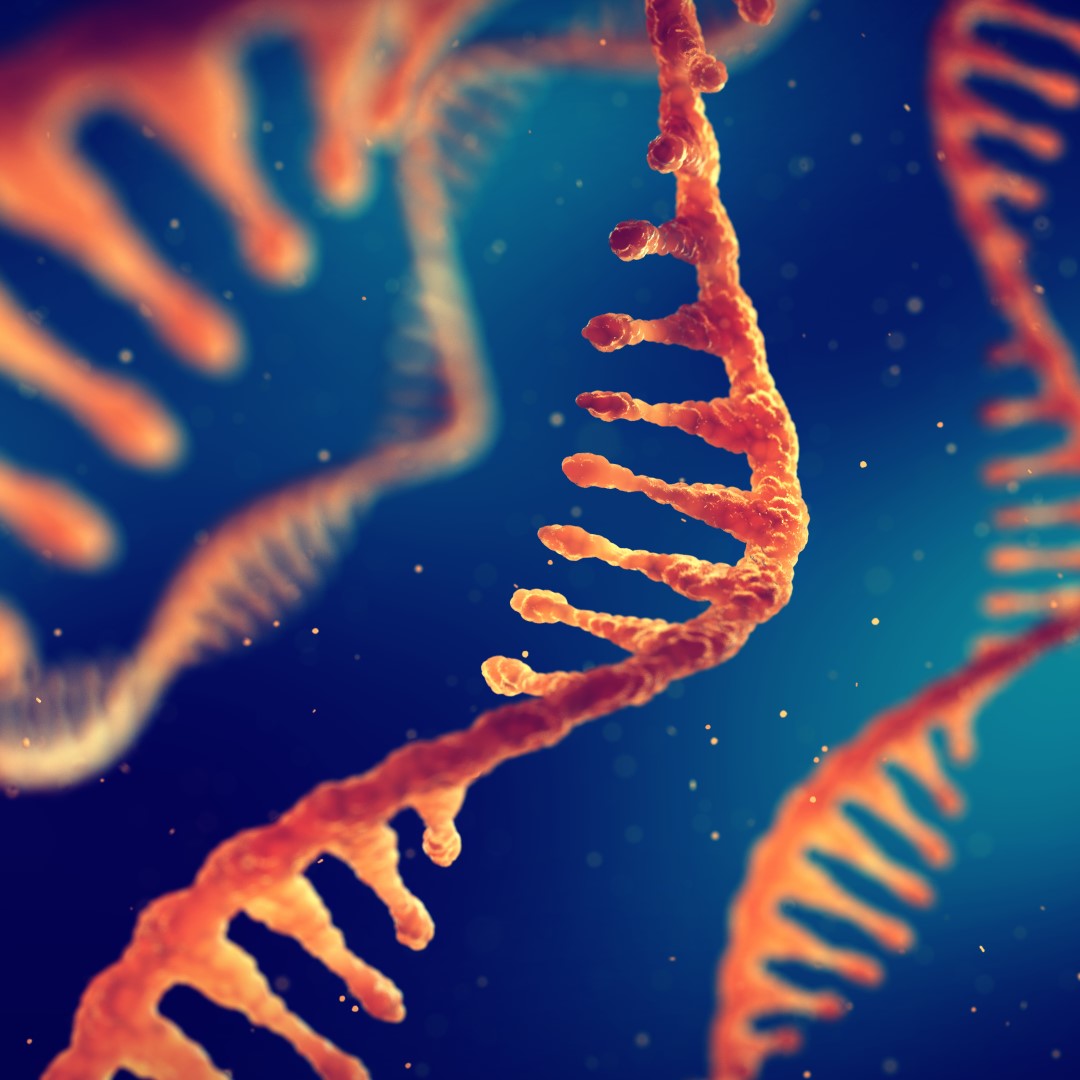
Stanford researchers became the first to use RNAi to switch off genes in mice
In 2002, Stanford geneticist Mark Kay uses a gene-therapy technique known as RNA inhibition to switch off genes in mice, which could point toward development treatments for cancer, hepatitis C and AIDS.
In 2004, Kay published the first results showing that a biological phenomenon called RNA interference could be an effective gene therapy technique. Since then he has used RNAi gene therapy to effectively shut down the viruses that cause hepatitis and HIV in mice.
In 2007, with three human RNAi gene therapy trials under way – two in macular degeneration and one in RSV pneumonia – the technique Kay pioneered may be among the first to find widespread use for treating human diseases. “We’ve worked on a gene therapeutic approach against viral hepatitis for about 10 years and this is the first thing we’ve done that really looks promising,” said Kay.
Kay talked about future uses for RNAi gene therapy at the American Association for the Advancement of Sciences annual meeting in San Francisco during a session titled “RNAi for emerging pandemics and biosecurity.”
Tags:
Source: Stanford Medicine
Credit:
